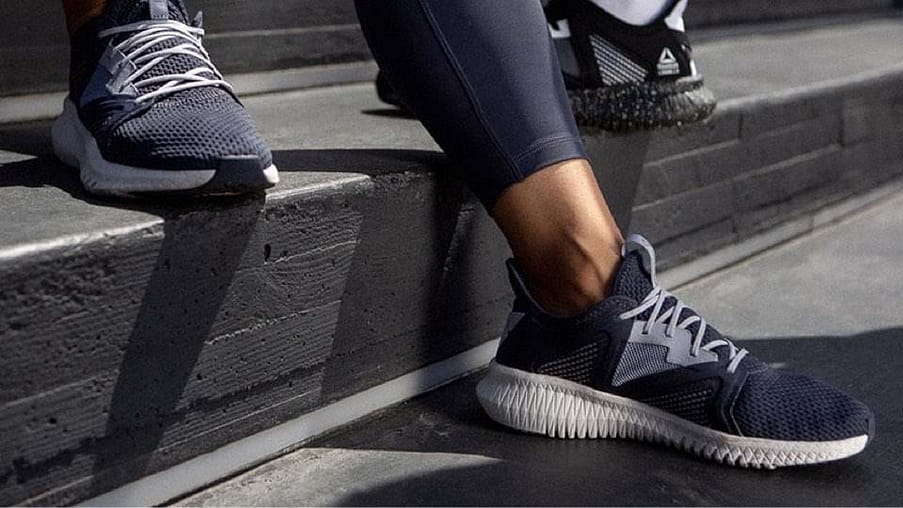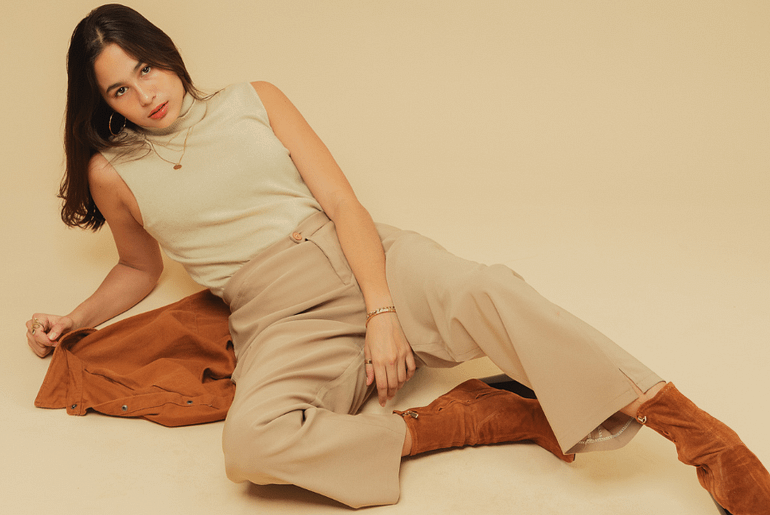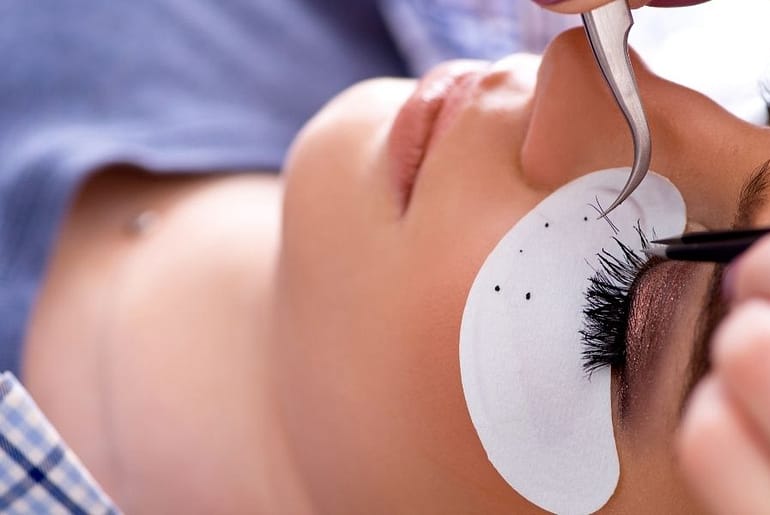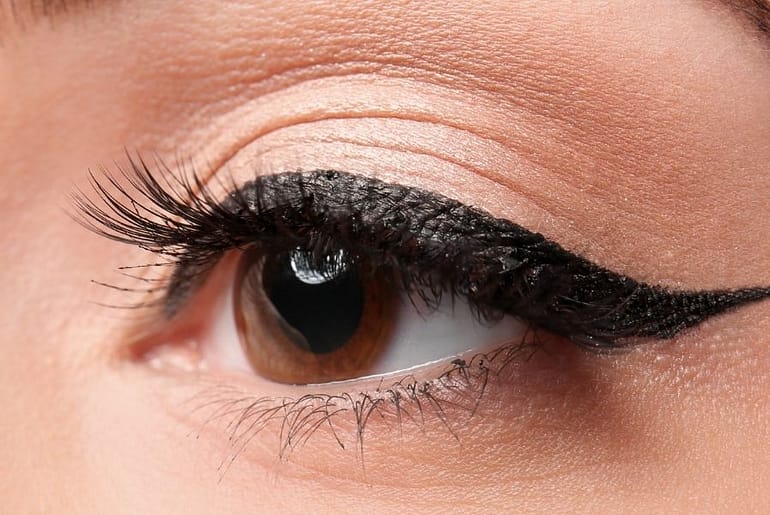For Every Body Type Shoes are an essential part of every woman’s wardrobe. They’re also a big investment, so getting the perfect pair for your body type is essential.
If you’re looking for the perfect pair of shoes for your body type, then you’ve come to the right place. In this article, I’ll give you a few pointers on choosing the perfect pair of shoes based on your body type.
What Is A Good Fit?
The first thing that comes into mind when thinking about buying new shoes is finding the best fit. The most common mistake people make with their shoe purchases is not getting them appropriately fitted in the store or online before they buy them. It can be very frustrating and expensive if you don’t know what size you should wear.
So here are some tips:
- Try-On Different Sizes Before You Buy Them!
- If possible, try on different brands/styles at home. This will help you find out which Style fits better than others.
- Ask someone who has bought similar styles from other stores whether these sizes work well for them.
- When shopping online, look up reviews of the brand/style you want to purchase. These reviews may include information such as sizing charts.
How To Find A Great Pair of Shoes
There are many factors to consider when choosing a good pair of shoes. Here are just a few things to keep in mind while searching for the perfect pair of heels:
- Comfort & Style You need comfortable yet stylish shoes. There are two types of comfort: “comfort” where you feel like you have no pain after wearing them all day long. And there’s another kind of comfort called “comfortable”. Comfort means that you don’t feel any discomfort even though you walk around all day long. So always remember to check both aspects of comfort.
- Durability Another factor to take into consideration is durability. Durable shoes last longer because they won’t break down easily over time. But sometimes, we tend to overlook this aspect of our footwear choices. We think that since we paid more money for them, they must be durable too. However, this isn’t necessarily true. Some high-end designer shoes aren’t made of leather but rather synthetic materials. Leather lasts much longer than synthetics.
- Price Last but certainly not least, price plays a significant role in deciding what shoes to buy. As mentioned earlier, shoes are pretty pricey nowadays. Therefore, you shouldn’t spend more than $100 per pair unless you love them. Also, avoid spending lots of money on shoes that will only sit in your closet collecting dust. Instead, invest in quality items that will serve you well throughout the years.
- Quality vs. Price Quality matters more than quantity. Don’t fall prey to cheap knockoffs. Always go for quality products instead. Look for reputable companies that sell authentic designs. Avoid purchasing fake versions of famous designers’ shoes.
- Style & Personality Your Personality determines the way you dress. For example, if you’re outgoing and fun-loving, you probably prefer bright colors and patterns. Whereas if you’re shy and quiet, you might gravitate towards neutral tones and simple shapes.
- Size Matters Size also affects how you choose your clothes. Smaller women usually opt for smaller-sized clothing, whereas larger ones often pick bigger sizes. Similarly, men generally select shirts and pants according to their height. Tall guys typically get tall shirts and short guys shorter ones.
- Material Choices The material used to make your shoe can affect its lifespan. Synthetic or plastic materials are cheaper than natural fibers. They wear out faster so it’s best to stick with those which are less expensive. On the other hand, leather tends to hold up better. It doesn’t matter if you pay more for a particular type of fabric – it’s still important to know about the different kinds available.
- Color Choices If you want to stand out from the crowd, then color is an excellent choice. Colors such as reds, greens, blues, purples, etc., are very eye-catching. These colors attract attention and draw people’s eyes right away. This makes these shades ideal for formal occasions.
- Shape A shape refers to the general outline of a shoe. Shapes include round, square, pointed, flat, wedge-shaped, blocky, narrow, wide, low cut, mid-rise, ankle boots, knee length, booties, sandals, wedges, pumps, flats, loafers, mules, peep toes, platforms, slides, sneakers, slip on, slingbacks, stilettos, thongs, tasseled, toe rings, tennis shoes,
- Height Heels come in various heights ranging from 1/2 inch up to 4 inches. High heels add extra height to any outfit while making one look taller. It would help if you always tried to match your heel height with your body size. Too small heels may cause discomfort when walking around, especially if you have long legs. Conversely, too large heels could give you back problems. So before buying heels, check whether they fit correctly by measuring your foot at home.
- The width refers to the distance between two sides of the shoe. Wide widths tend to be wider than normal widths. However, some brands offer both standard and wide-width options. Make sure to measure your feet carefully because there are differences between left and right foot measurements. Some manufacturers even provide specific instructions regarding this issue.
How To Choose the Right Shoe Size
The most common mistake made by many shoppers is choosing the wrong size. Most people don’t realize that they need to buy the correct size and the correct Style! Here we’ll show you why:
Measurements are crucial to finding the perfect pair of shoes. But what exactly does “perfect” mean? Well, let us explain…
First things first, take off your socks. Then place your bare foot onto a piece of paper. Next, use a ruler to mark where the longest part of your foot touches the ground. That measurement will tell you your shoe size. For example, if you’re wearing a 10.5, you would put down 9.5 on the paper. Now, subtract 2.5 from that number to find your actual shoe size.
If you’ve ever worn a particular brand of footwear, you probably already know how much room you get inside them. Take note of the amount of space you feel comfortable having inside your new shoes. Also, keep in mind that the manufacturer usually provides information on their website about the exact dimensions of each model.
You might think that the difference between sizes isn’t noticeable until after you start putting them on. Unfortunately, this couldn’t be further from the truth.
How To Measure Your Foot
To determine which type of shoe fits best, it’s essential to understand how different shoes work. The following chart shows the essential components of every kind of shoe.
Shoes can be divided into three categories based on the material used to make them. Each category has its benefits and drawbacks.
Leather shoes are generally more durable and flexible than synthetic materials. They are typically less expensive as well. On the downside, leather tends to stretch over time, so you must pay close attention to the sizing label. If you wear high-heeled shoes for extended periods, leather soles can become thin and lose shape. This makes them prone to cracking and peeling.
Synthetic materials such as suede and nubuck are often considered superior alternatives to leather. These materials are lighter weight and easier to clean compared to leather. Because these materials have no natural oils, they won’t dry out like leather. As long as you avoid excessive moisture exposure, synthetic materials should last longer than leather.
How To Buy Shoes Online
When shopping online, always read the product description thoroughly before making any purchases. You may want to consider buying shoes with an adjustable strap instead of one that comes pre-attached. Adjustable straps allow you to easily change the length of the shoe without removing it from your foot. It’s recommended that you try on several pairs of shoes at home before purchasing them. Once you decide on the ones you like, purchase them through reputable websites.
How To Clean Your Shoes
It is effortless to spot when your shoes need cleaning. Look closely at the bottom of your shoes. Dirt and debris accumulate there because they don’t come up against anything else while walking around. Make sure to wipe away dirt and grime regularly using a damp cloth. Never rub your shoes vigorously since this could damage the sole. Instead, gently brush the surface of the shoe with a soft bristle brush. Use only water to wash your shoes. Avoid harsh chemicals and abrasive cleaners.
How To Care For Your Shoes
The most common way to care for your shoes is by wearing them daily. However, if you notice signs of deterioration, take immediate action. Worn-down heels will eventually crack and split open. When this happens, the entire heel becomes exposed to outside elements. In addition, the lining of the shoe begins to deteriorate. Both situations lead to discomfort and pain.
Another thing to watch out for is scuffing. Scuffs occur when you walk across hard surfaces such as concrete sidewalks.
How to Wear Your Shoes
Wearing your shoes correctly is essential to prevent injuries. Properly fitting footwear helps distribute pressure evenly throughout your feet. A good rule of thumb is to buy shoes that fit snugly but not uncomfortably. Also, remember to keep your toes pointed forward whenever possible. This allows your body to bend slightly when standing upright naturally.
If you’re looking for something special, check out our selection of women’s pumps! We carry everything from classic ballet flats to trendy wedges.
How Do I Know If My Shoes are Too Small?
If you find yourself constantly slipping off your favorite pair of sneakers or slippers, then chances are they might be too small. The best solution would be to get new ones. But if you don’t feel comfortable spending money on new shoes, here are some tips to help you determine whether or not your current pair needs replacing:
1) Look at the inside of the shoe. Is there a hole where the laces used to go? Does the tongue stick out beyond the edge of the shoe?
These telltale signs indicate that the shoe has been worn down over time.
2) Check the soles. Are they cracked or broken? If so, replace them immediately. They can also become slippery due to wear and tear.
3) Inspect the stitching. Has it frayed or torn? Replace these parts first. Stitching holds together all the different pieces of material that make up the shoe. Without proper repair, the whole shoe will begin to fall apart.
4) Examine the leather itself. Leather tends to stretch after repeated use. So if the shoe feels loose, it may have lost its shape. It should still hold firm, however. If it does start feeling looser than usual, it’s probably time to invest in a replacement.
5) Finally, consider how often you’ve had to change your shoes. If you frequently slip into old pairs, likely, they aren’t sized correctly. You’ll want to try another brand until you find one that fits better.
6) Don’t forget about socks! Socks play an important role in keeping your feet warm and dry during cold weather months. Choose thick cotton socks explicitly made for wintertime activities like skiing and snowboarding. These types of socks provide extra warmth without adding bulkiness.
7) Remember to always inspect your shoes before putting them back on. Take note of any tears or holes that appear.
You can also check High Heels vs. Pumps: What is The Difference?









